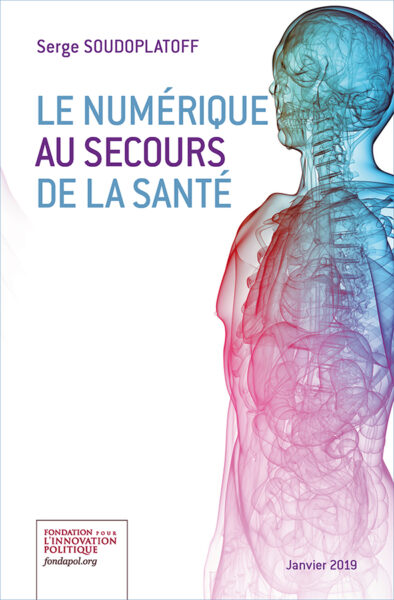France’s annual demographic statistics for 2007 were released a few months ago. They confirm the trend we have observed for some years now, if not several decades, for both men’s and women’s healthy life expectancy (HLE) to increase. How does this break down in detail?
André Vacheron, honorary president of the National Academy of Medicine, takes stock in this article of the French population’s state of health. After a short presentation of the major demographic characteristics of France, he reminds us of the major pathologies currently affecting the French, stressing particularly the significance of the cancers and cardio-vascular illnesses, which are the leading causes of morbidity and mortality. He goes on to stress the persistence of social and geographical inequalities: the life expectancy of managerial staff and professionals at age 35 is higher than that of blue-collar workers, and health is at its poorest in the northern regions of the country (Brittany, Alsace and Nord/Pas-de-Calais).
Lastly, there is an encouraging sign so far as future developments are concerned, in that the range of efforts at disease prevention is expanding. Alongside traffic accident prevention, André Vacheron highlights the anti-smoking campaign, which has intensified in recent years, together with public action to promote a balanced diet. And he concludes that French citizens have to be made to take responsibility for their own health, in order to preserve an effective, but at times overstretched health-care system.
Health in France: Recent Developments
Cet article fait partie de la revue Futuribles n° 339, mars 2008



